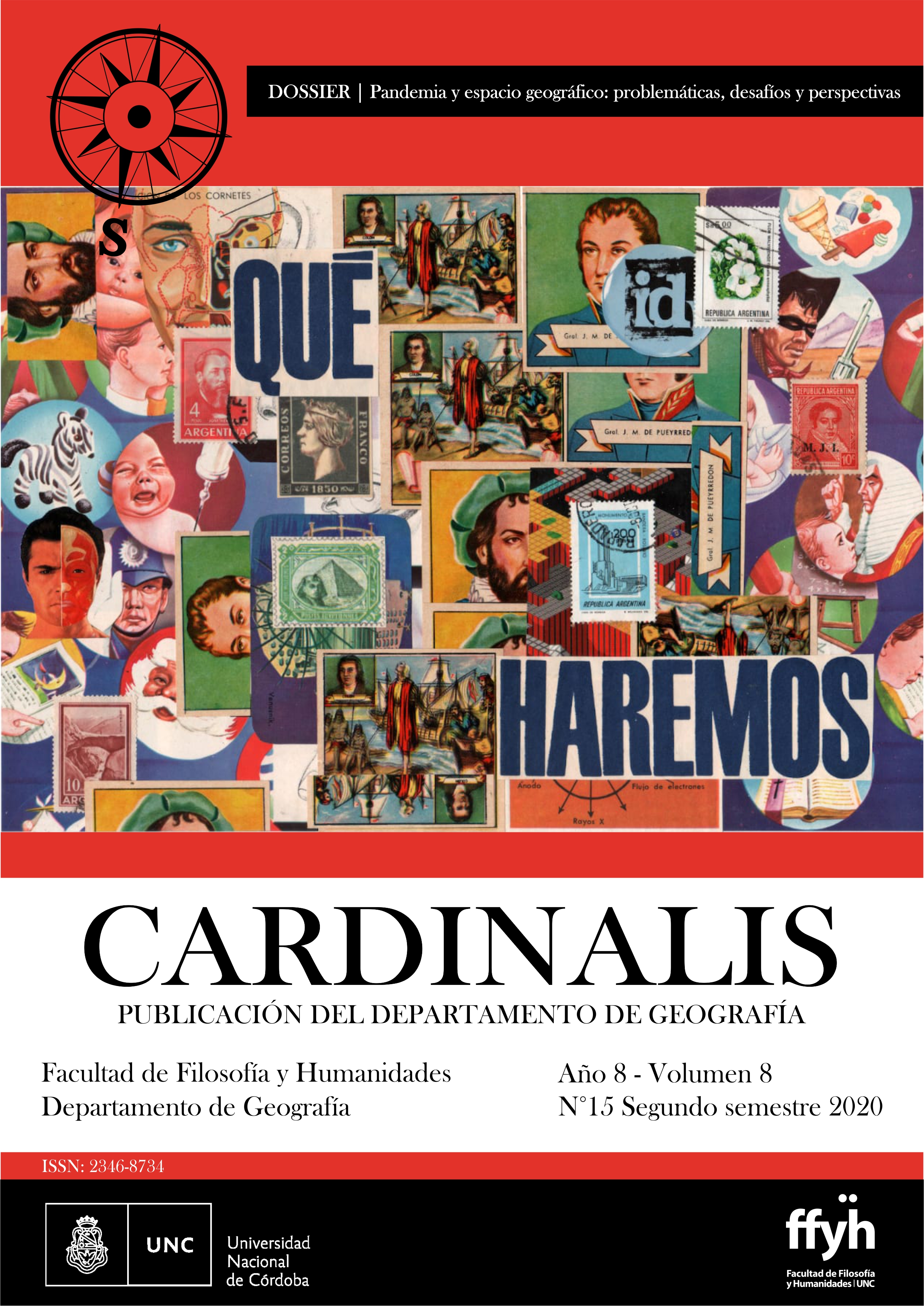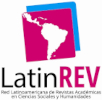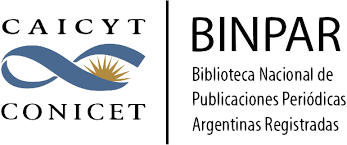Mapping is to trace a common plan
Traducción del artículo: Cartografar é traçar um plano comum. https://doi.org/10.1590/S1984-02922013000200004.
Abstract
The research field on the production of subjectivity faces the problem of building knowledge that involves researchers and the researched ones, with their unique territories and semiotics. Questions about the participants’ empowerment arise, as well as how to trace a common plan with them, in order to warrant the participative character of research. Within the context of the cartographic method, the present paper aims at dealing with the theme of common in a double aspect. Firstly, the access to the common plan is discussed. Based on Gilles Deleuze and Felix Guattari, such plan is not homogeneous nor gathers actors who would keep amid each other identity relationships. Instead, it operates communication between singularities, being pre-individual and collective. Secondly, it points out that while intervention-research, cartography commits to create a common and heterogeneous world. The article points out that tracing the common has the transversality as a methodological guideline, and it examines the procedures of participation, inclusion and translation.
Downloads
Downloads
Published
Issue
Section
License

This work is licensed under a Creative Commons Attribution-NonCommercial-ShareAlike 4.0 International License.
Aquellos autores/as que tengan publicaciones con esta revista, aceptan los términos siguientes:- Los autores/as conservarán sus derechos de autor y garantizarán a la revista el derecho de primera publicación de su obra, el cuál estará simultáneamente sujeto a la Licencia de reconocimiento de Creative Commons (indicada abajo) que permite a terceros compartir la obra siempre que se indique su autor y su primera publicación esta revista.
- Los autores/as podrán adoptar otros acuerdos de licencia no exclusiva de distribución de la versión de la obra publicada (p. ej.: depositarla en un archivo telemático institucional o publicarla en un volumen monográfico) siempre que se indique la publicación inicial en esta revista.
- Se permite y recomienda a los autores/as difundir su obra a través de Internet (p. ej.: en archivos telemáticos institucionales o en su página web) antes y durante el proceso de envío, lo cual puede producir intercambios interesantes y aumentar las citas de la obra publicada. (Véase El efecto del acceso abierto).

Esta obra está bajo una Licencia Creative Commons Atribución-NoComercial-CompartirIgual 4.0 Internacional.






